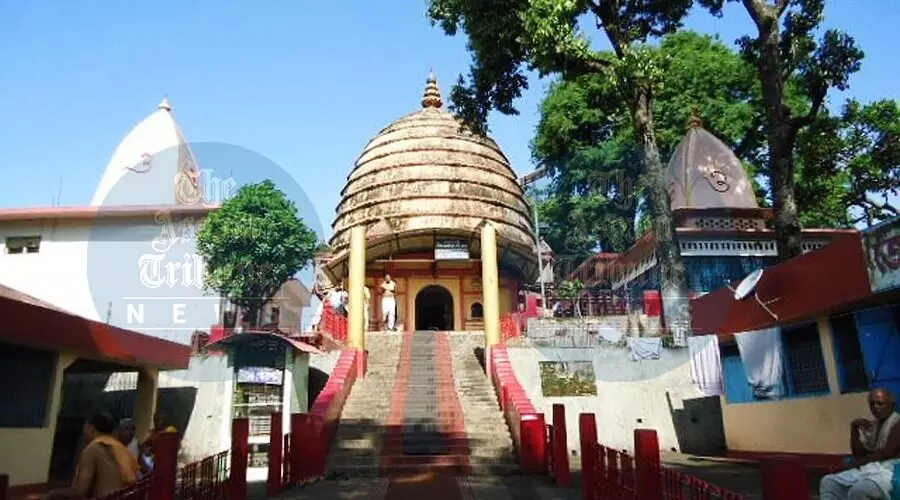
AT Photo: Navagraha Temple, Guwahati
Guwahati, Oct. 16: Assam chief minister Himanta Biswa Sarma on Tuesday announced that the Navagraha temple will receive a grant of Rs. 12 crores for the renovation of the temple.
Taking to a microblogging website, Sarma wrote, “The Nabagraha Devalaya in Guwahati is all set for a transformation with a ₹12+cr plan to upgrade existing facilities and develop new ones. Amenities will be developed to ensure convenience for the devotees and to maintain the true character of the holy place.”
The project will include renovation and development of the parking area, view tower, office building, temple priest accommodation building, and astrologers’ block. Apart from that, multi-purpose building vendor stalls and a security room will also be constructed.
According to historians, the temple was built in 1752 (1674 in the Saka Era) by Ahom King Rajeswar Singha, son of King Rudra Singha.
A stone inscription on the walls of the temple records the construction of the temple by Tarun Duarah under the orders of King Rajeswar Singha, who believed in astrology to a great extent.
Notably, the announcement of funds is believed to equip the temple with modern facilities, attract more devotees, and provide a fillip to religious tourism.
The top of the temple, which is called “Sikhara,” was destroyed by an earthquake in 1897 and was rebuilt with a corrugated iron sheet.
According to historian KL Barua, the Navagraha temple is the origin of the name Pragjyotishpura, or the City of Eastern Astrology, as Assam was called in the early period.
The temple, located atop the Citrachal hill in Guwahati, is widely visited by devotees to offer prayers to the nine planetary gods: Surya (Sun), Chandra (Moon), Mangala (Mars), Budha (Mercury), Brihaspati (Jupiter), Shukra (Venus), Shani (Saturn), Rahu, and Ketu (north and south nodes of the moon, respectively).
